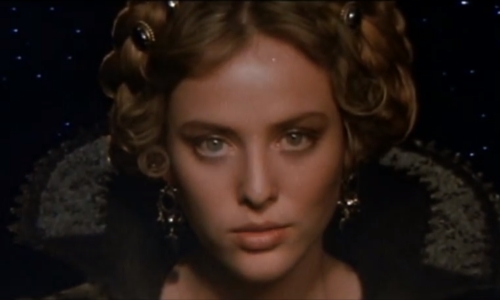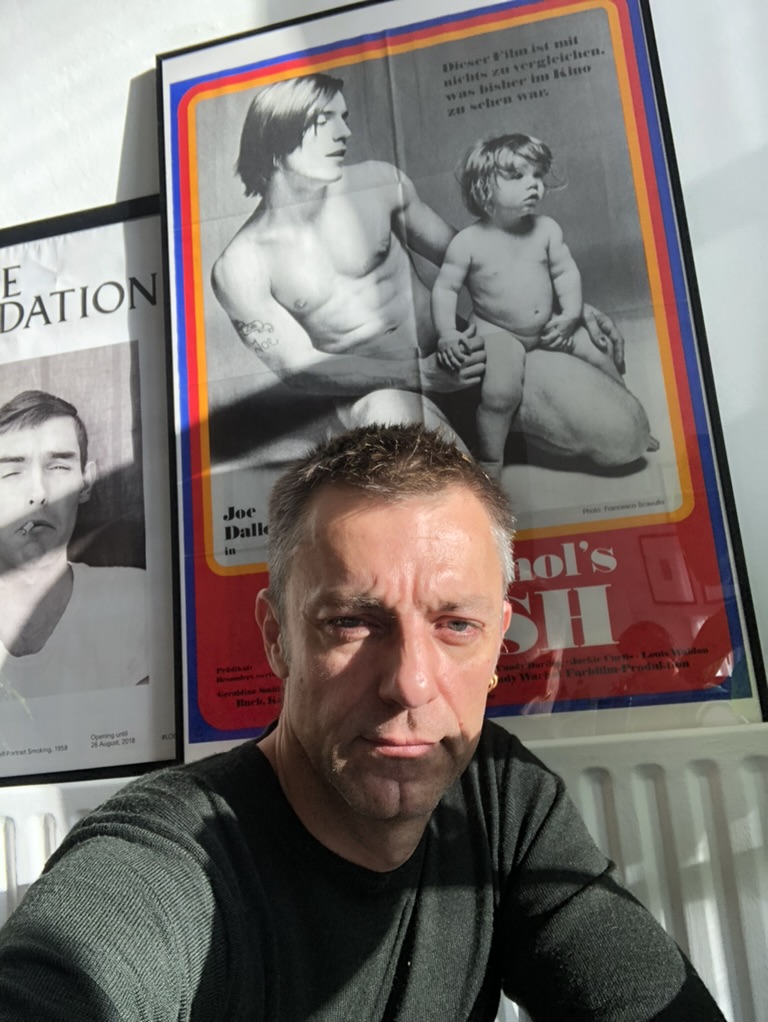Search
To search for an exact match, type the word or phrase you want in quotation marks.
A*DESK has been offering since 2002 contents about criticism and contemporary art. A*DESK has become consolidated thanks to all those who have believed in the project, all those who have followed us, debating, participating and collaborating. Many people have collaborated with A*DESK, and continue to do so. Their efforts, knowledge and belief in the project are what make it grow internationally. At A*DESK we have also generated work for over one hundred professionals in culture, from small collaborations with reviews and classes, to more prolonged and intense collaborations.
At A*DESK we believe in the need for free and universal access to culture and knowledge. We want to carry on being independent, remaining open to more ideas and opinions. If you believe in A*DESK, we need your backing to be able to continue. You can now participate in the project by supporting it. You can choose how much you want to contribute to the project.
You can decide how much you want to bring to the project.

Someone recently told me that one shouldn’t start a text with the dictionary definition of a word, which is a shame since I really like dictionaries. The beginning is a very delicate moment, as Princess Irulan said (or would say).
The periphery is defined not by what it is but in relation to other things. The periphery exists with respect to a center. The periphery is not per se but per accidens. Thus, it may happen that what is a center in one place is a periphery in another, or at another time, or from another perspective.
Close your eyes and visualize an infinite space, without limits. A voice, which could be that of Virginia Madsen in 1984, speaks to you: Imagine a point in space. Now imagine another one, next to the first one. Now imagine a third one a little further away. And then another, and another, until you get tired. Then do it in all possible directions with respect to the first point.
Now, let’s describe each of those points. The first is a white, heterosexual, middle class, European man. The second is also a man, also white, also heterosexual, but in this case, working class. The third could be a woman. The fourth, a non-white woman. The fifth, a middle class homosexual white man. And so on. There are points for New York, Madrid and Almeria. There are points for History, Botany or Epigraphy.
Now, choose one point out of all of them, fly to it, stand on top of it and look around. See how everything changes from your new point of view. Contemplate the myriad of points that stretch into infinity and examine the reality that your new point of view provides you.
I have a weakness for card #12 of the Marseille Tarot, The Hanged Man. It is located in the deck between Strength and nameless arcana (that is, the skeleton with the scythe that appears in so many movies and series). Le Pendú hangs, tied by one leg, between two trees, upside down. Although in the field of fiction it is also usually read quickly as a dramatic ending, in fact, its meaning is quite different. To start with, think about its physical position in the deck of cards, between Strength’s control of reality and the process of transformation and renewal of the nameless arcana. The Hanged Man is located between the two is, looking directly at us, face down, his hands tied behind his back, one foot roped to a branch and the other bent behind him. If he were standing upright we would say that he is a man walking between two trees with his hands clasped behind him, a very Kantian image. Returning the card to its original position, inverted, we can say that The Hanged Man is advancing in a space we can’t see and that he is looking forward. We need only to look at things from another point of view to see them as they really are. Jodorowsky says that “… in this inversion of his physical body, (there is) an inversion of his gaze and his perspectives (…) His point of view on life changes.”


Joaquín García Martín, born in Madrid, the city where he still lives and where he did his higher education, has collaborated in management tasks with a large number of local institutions dedicated to contemporary art in. After years of managing someone else’s gallery, he decided to open his own gallery in spite of everything. For 8 years, he made it the place where he gave rise to the artistic practices he believed in until reality and the pandemic forced him to be more realistic. Recently, he has decided to channel his professional practice through writing and curating. In both sectors he advocates research and dissemination of the other realities existing beyond the hegemonic centres of thought, economy, visibility and ways of doing.
"A desk is a dangerous place from which to watch the world" (John Le Carré)